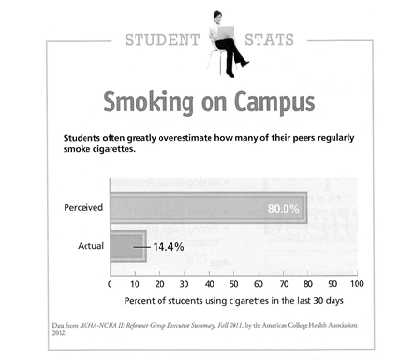Answer each question with a complete sentence, replacing the underlined word(s) with a direct object pronoun. Pay attention to pronoun placement and past participle agreement as necessary
1. Est-ce que vous étudiez les sciences politiques?
______________________________________________________________________________
2. Est-ce que vous avez fait la lessive la semaine passée?
______________________________________________________________________________
3. Est-ce que vous aimez regarder la télévision le week-end?
______________________________________________________________________________
4. Est-ce que les étudiants font le ménage tous les jours?
______________________________________________________________________________
Answers will vary but may include the following:
1. Je les étudie. / Je ne les étudie pas.
2. Je l’ai faite. / Je ne l’ai pas faite.
3. J’aime la regarder. / Je n’aime pas la regarder.
4. Les étudiants le font tous les jours. / Les étudiants ne le font pas tous les jours.
You might also like to view...
The least effective way to strengthen your comprehension of this selection would be to
1. Although precise statistics are hard to come by, experts guess that about one out of
every five smokers doesn’t smoke every day. If you’re one of these so-called “social smokers,” you probably believe that your behavior is unlikely to cause any harm. Are
you right? Here’s what the research says about social smoking.
2. Social smokers smoke more than they think. Although gathering precise data is challenging, researchers find that most self-described social smokers actually smoke a
few cigarettes per day. One nicotine addiction specialist notes that people who smoke just one or two cigarettes a week—true social smokers—are very rare indeed.
3. Social smoking leads to addiction. Tobacco researchers point out that the majority of social smokers are on the road to addiction. Initially they may only bum a cigarette
from friends occasionally, but soon they find themselves bumming cigarettes more often. It’s only a matter of time before they find themselves buying a pack a week, then
two or three packs a week. Although they believe that they can quit whenever they want, on average, social smokers end up addicted, and smoking for years. One-third of people who have ever tried smoking become daily smokers.
4. Social smoking increases risk of cardiovascular disease. Studies have shown an increased risk of cardiovascular disease at all levels of smoking. Moreover, smoking begins to exert this effect—causing fatal heart attacks and strokes—as early as age 35. The risk is especially acute for women who also use a hormonal method of birth control
(pills, patch, etc.). One mechanism by which smoking, even at low levels, promotes heart disease is by causing inflammation and dysfunction of the lining of blood vessels.
In one study, young, healthy people who smoked less than one pack per week were found to have a 35% reduction in blood vessel functioning compared with nonsmokers.
5. Social smoking increases cancer risk. Tobacco smoke itself is a carcinogen, as are at least 69 of its component chemicals. Because inherited genetic variations influence cancer rates, as do other determinants such as diet, stress, etc., the influence of
social smoking on cancer promotion is difficult to determine. However, any level of smoking increases the frequency of DNA mutations known to be associated with
cancer. And the risk of cancer is more closely tied to the number of years you’ve smoked—at any level—than to the number of cigarettes smoked per day. As one expert put it, you wouldn’t go out to your car four times a week and inhale exhaust fumes. But that’s the health equivalent of smoking cigarettes four times a week.
6. The bottom line? There is no safe level of exposure to cigarette smoke. If you smoke at all, you are at increased risk of nicotine addiction, cardiovascular disease,
cancer, and other illnesses. Get help, and quit.

a. read faster.
b. highlight key ideas.
c. reread complicated sections.
d. read difficult sections aloud.
Fill in the blank with the letter of the correct answer.
A: ??????____????B: ?????? a. ? b. ? c. ? d. ?
Vocabulario. Relaciona las definiciones con las palabras correspondientes. No usarás todas las palabras. ? apreciación ensayar coro tararear desafinad ? cantautor serenata letra estribillo gira La parte de una canción que se repite y que la gente normalmente recuerda más _________________________
Fill in the blank(s) with the appropriate word(s).
¿Qué pasatiempo(s) te gusta(n)?
Use the appropriate indirect object pronoun and form of gustar to answer the following questions about what you and your friends like and dislike. Answer in complete sentences.